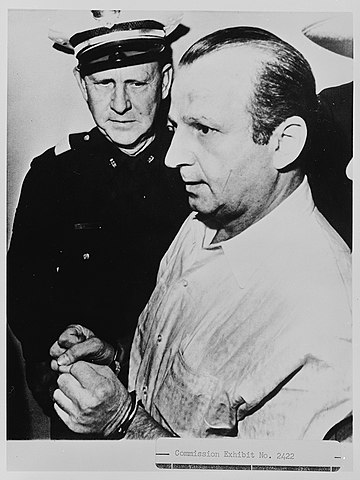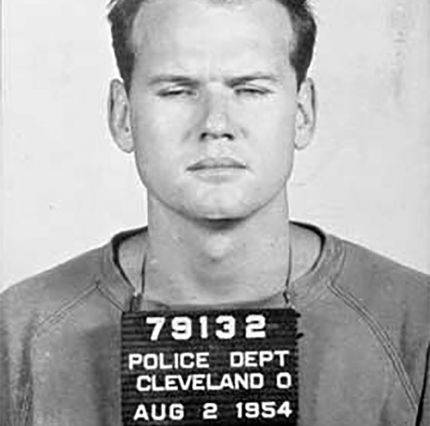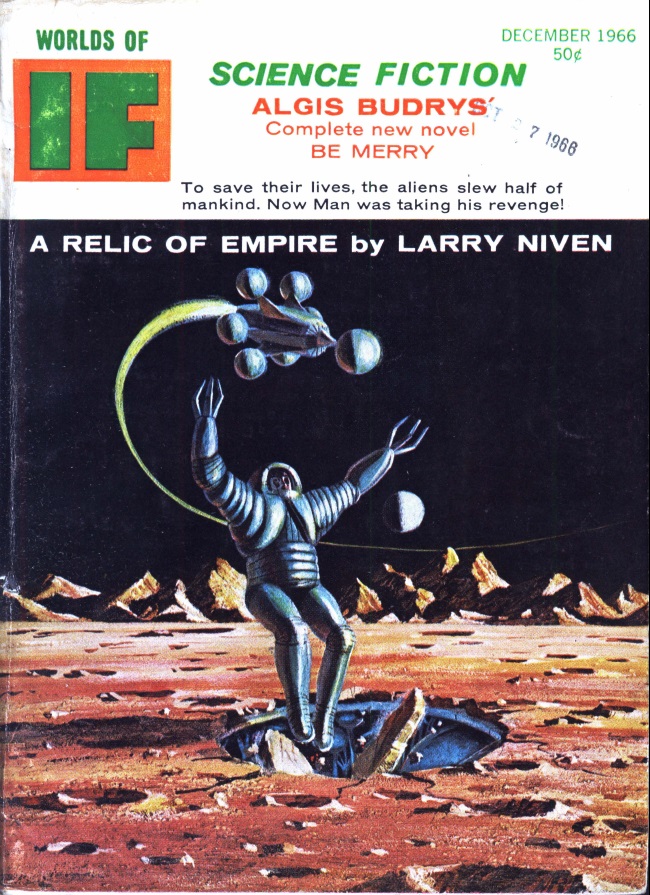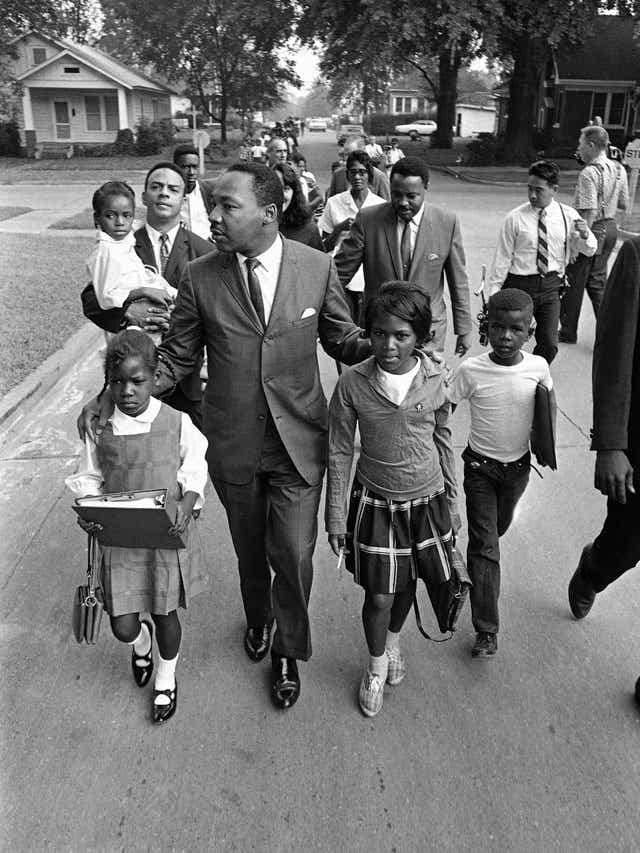
by David Levinson
November was no more or less eventful than most months, but nothing really caught my eye. The Republicans made modest gains in the mid-term elections, California elected a so-so actor as governor and New Orleans is getting a football team in what certainly looks like recompense to Representative Hale Boggs and Senator Russell Long for shepherding the merger of the American and National Football Leagues through Congress. But there’s really nothing there to talk about. So, as with the last time this happened, let’s talk about the art.
Art matters
Regular readers of this column will know that I am often less than complimentary to the art in IF, especially the interior illustrations. There have been some changes in Fred Pohl’s stable of artists over the last year, some, but not all, for the better. John Giunta seems to have disappeared entirely, but several artists have stepped in to fill his shoes. We’re seeing a lot more from Wallace Wood and his assistant and imitator Dan Adkins, neither of whom is all that good, despite their years in the industry. On the other hand, Virgil Finlay has returned after a long absence, and he’s one of the best in the business.
We’re also seeing more of the mononymous Burns after a short absence. Unfortunately, his current style seems to combine the worst of Nodel and Giunta (and I like Giunta’s work generally). This month brings us a new artist: Vaughn Bodé. His figures are a bit cartoony, but not objectionable. I also like his landscape and VTOL aircraft. I won’t be sorry if we see more of his work.
A return to form
Something of a mixed bag in this month’s IF. A decent end to one serial and a promising start to a new one. A silly story and something experimental from established writers. Let’s take a closer look.

Just for a change, the cover actually depicts something inside. Art by Morrow
Continue reading [December 2, 1966] Mixed Bags (January 1967 IF)

![[December 2, 1966] Mixed Bags (January 1967 <i>IF</i>)](https://galacticjourney.org/wp-content/uploads/2021/11/IF-1966-12-Cover-665x372.jpg)
![[November 6, 1966] Starting Over (December 1966 <i>IF</i>)](https://galacticjourney.org/wp-content/uploads/2021/11/IF-1966-11-Cover-650x372.jpg)



![[October 2, 1966] At Heart (November 1966 <i>IF</i>)](https://galacticjourney.org/wp-content/uploads/2021/09/IF-1966-10-Cover-646x372.jpg)


![[September 2, 1966] On the Edge (October 1966 <i>IF</i>)](https://galacticjourney.org/wp-content/uploads/2021/08/IF-1966-10-Cover-662x372.jpg)


